A fresh look for Garden dining
One of Australia's leading restaurant and catering companies, Trippas White Group, has significantly invested into the transformation and rejuvenation of the Botanic Gardens Restaurant and The Pavilion - now called Botanic House and Terrace on the Domain.
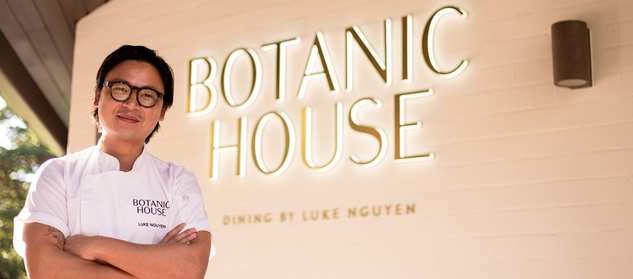
The new modern designs create a visual shift that are sensitive to the heritage and landscape while incorporating new plantings and stonework. The restaurants now open to the surrounding lush landscapes and take full advantage of the unique locations and stunning horticulture displays.
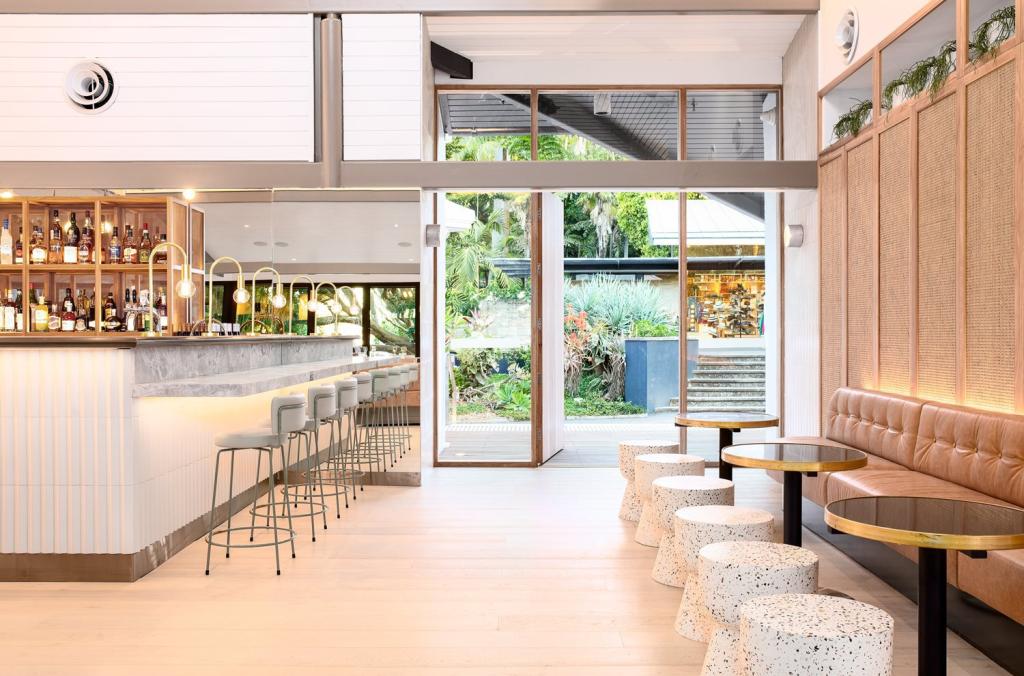
Garden Dining - Botanic House 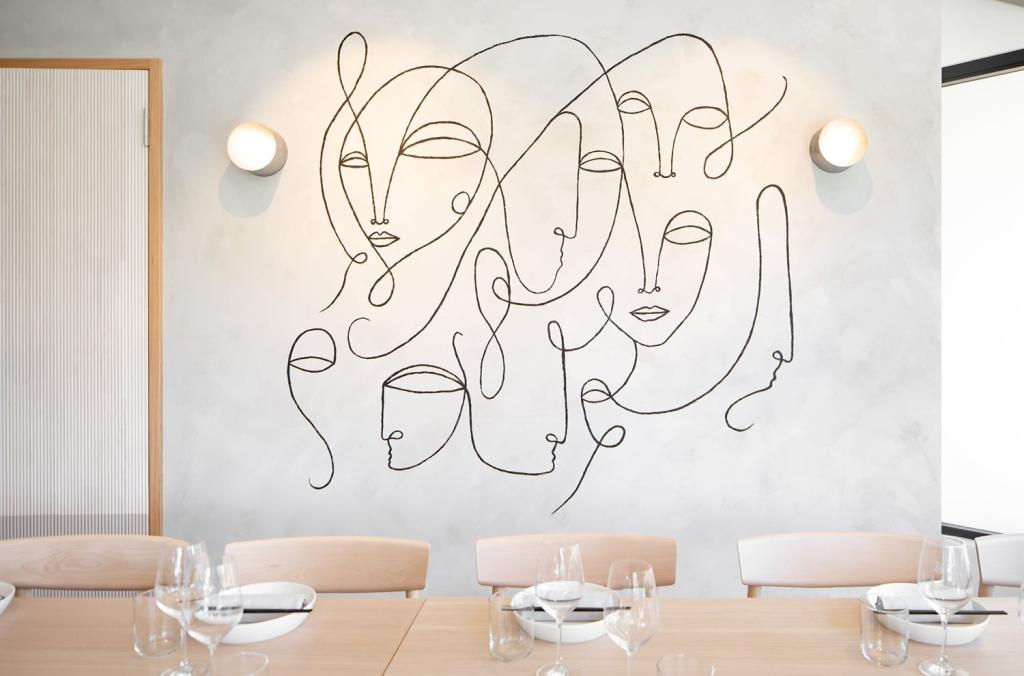
Garden Dining - Botanic House 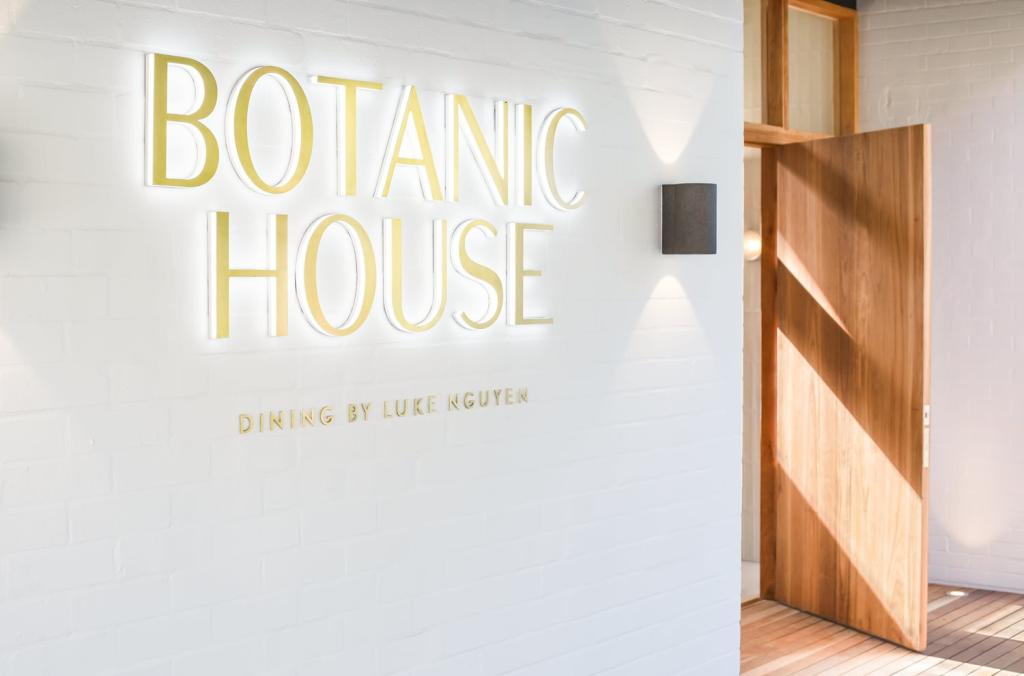
Garden Dining - Botanic House 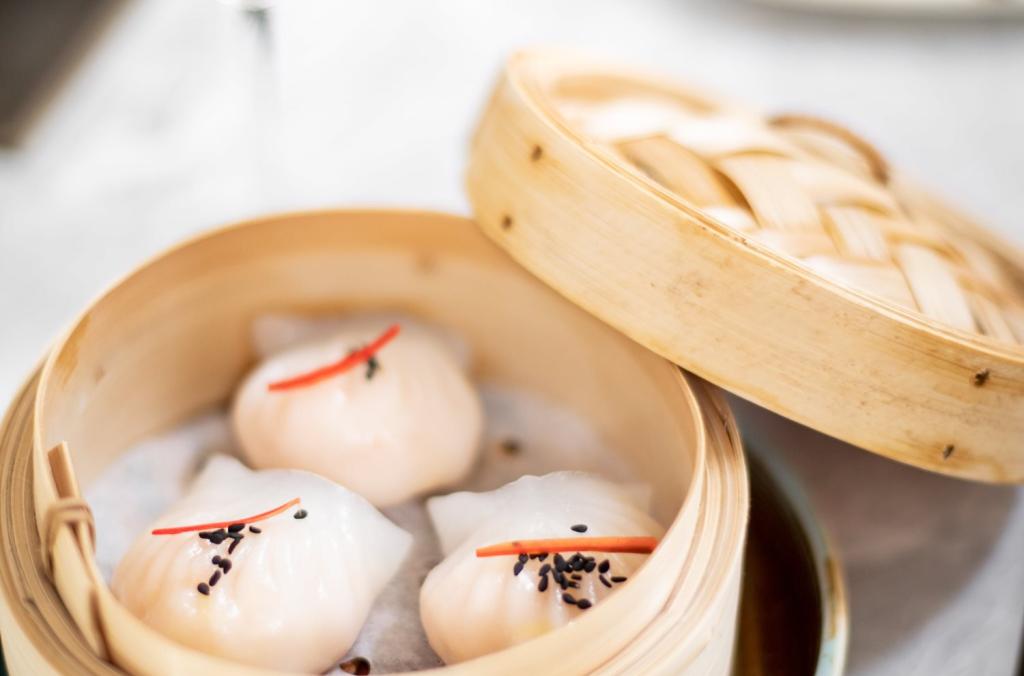
Garden Dining - Botanic House 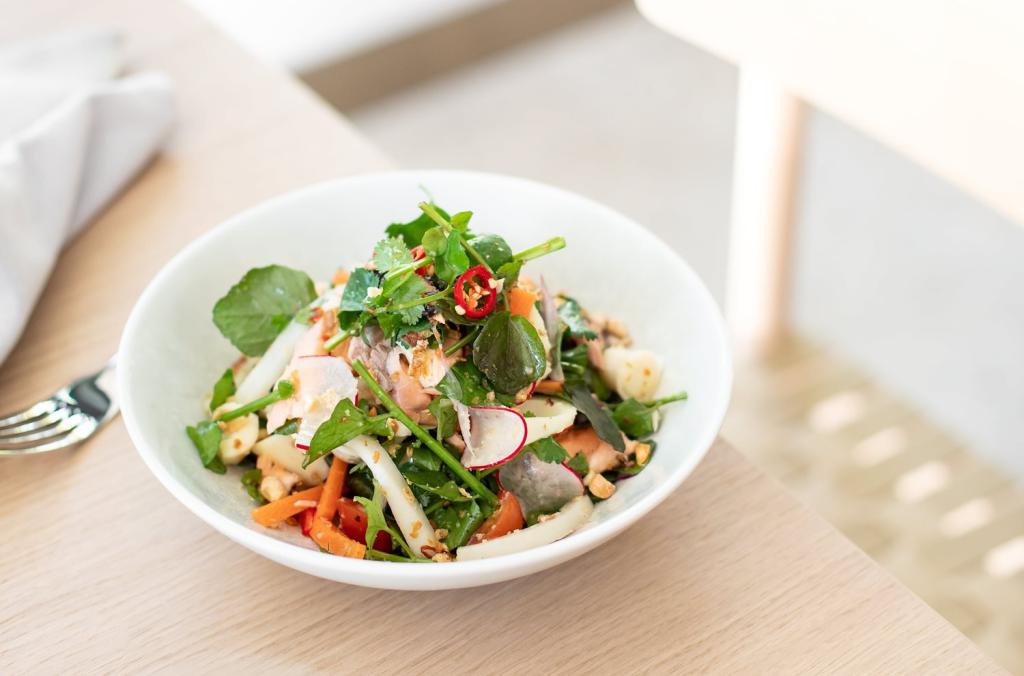
Garden Dining - Botanic House 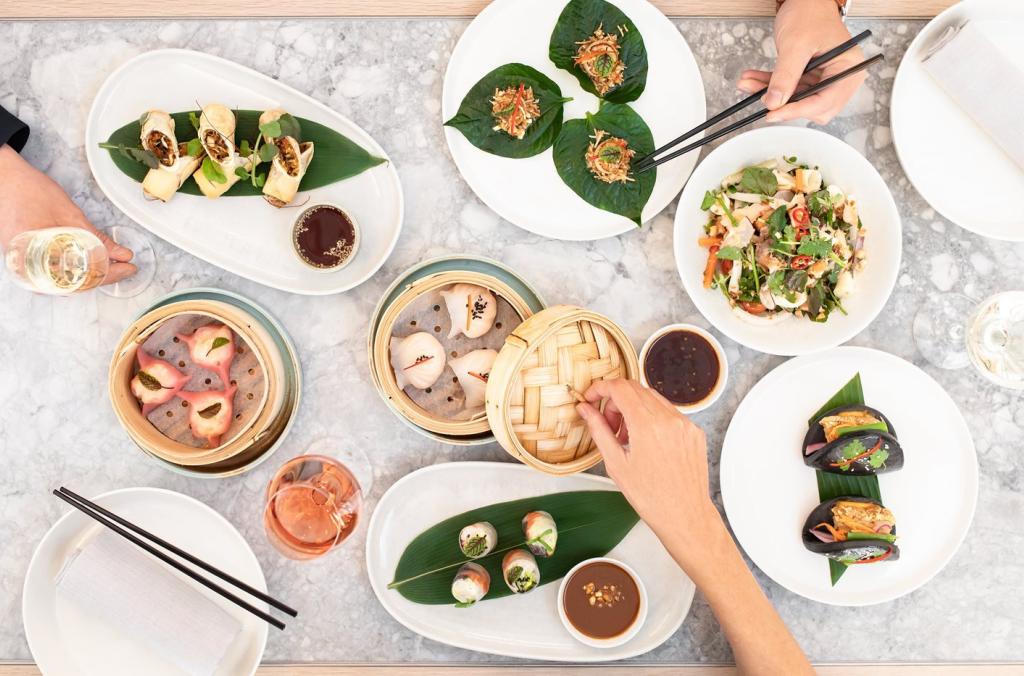
Garden Dining - Botanic House 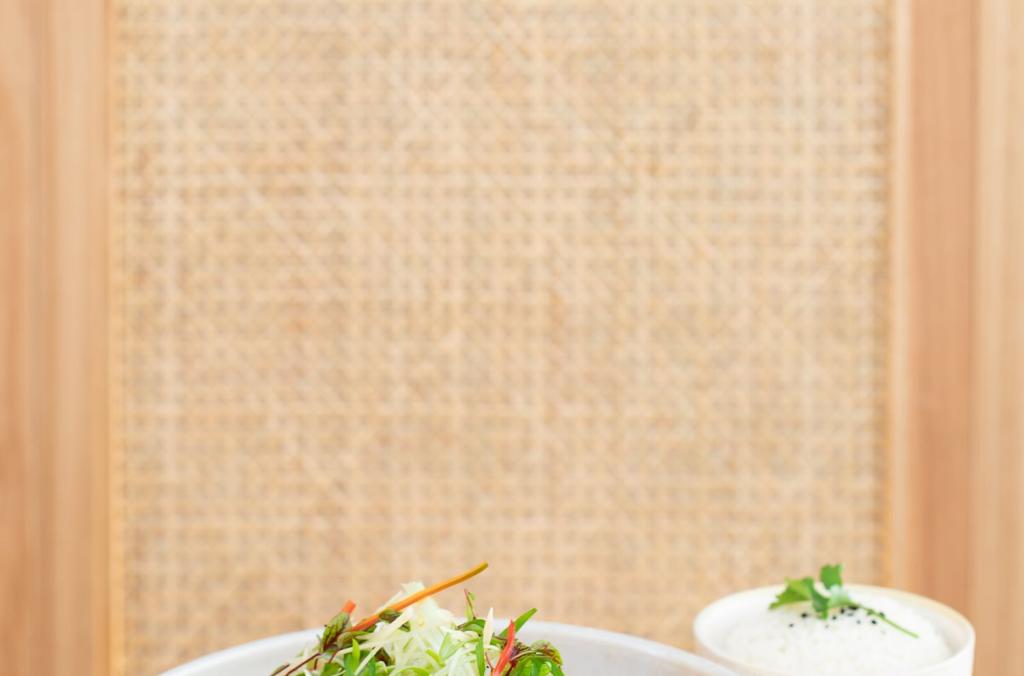
Garden Dining - Botanic House 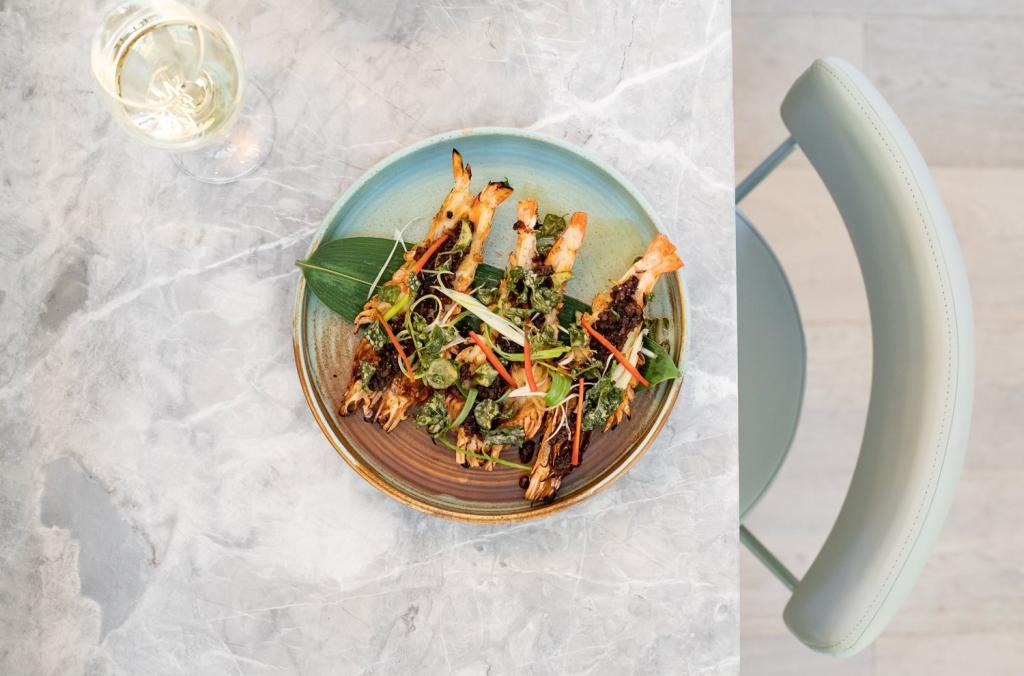
Garden Dining - Botanic House 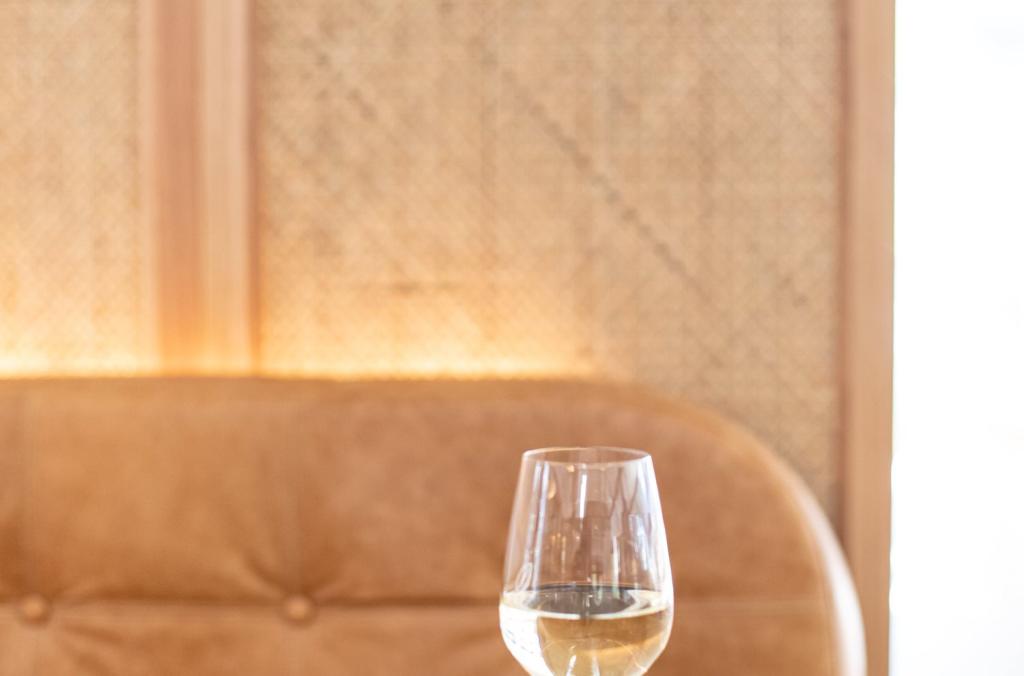
Garden Dining - Botanic House 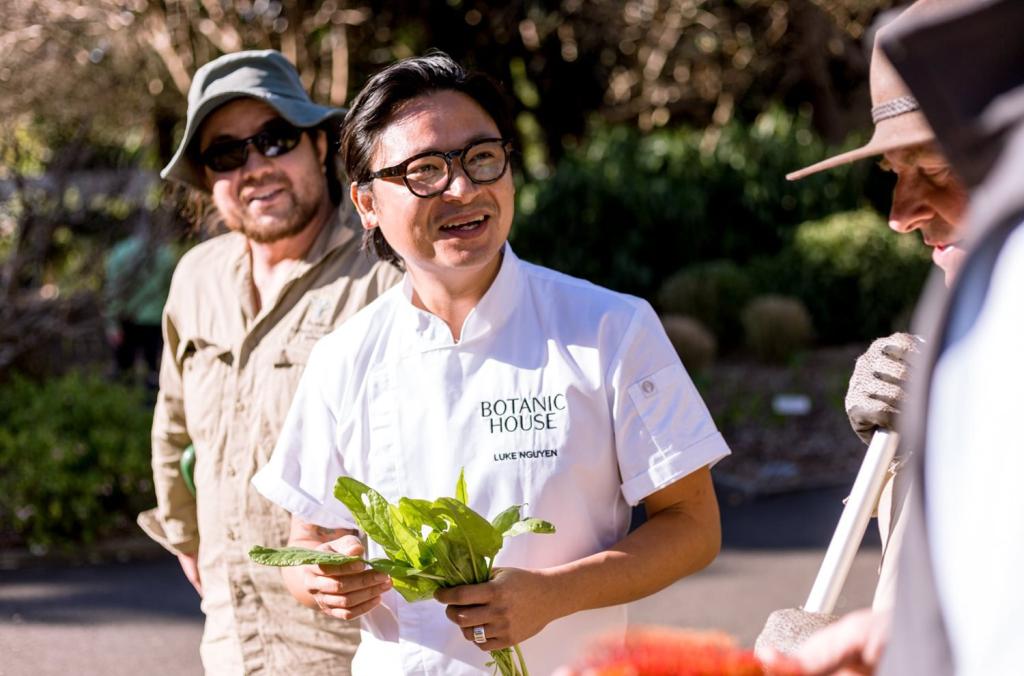
Garden Dining - Botanic House 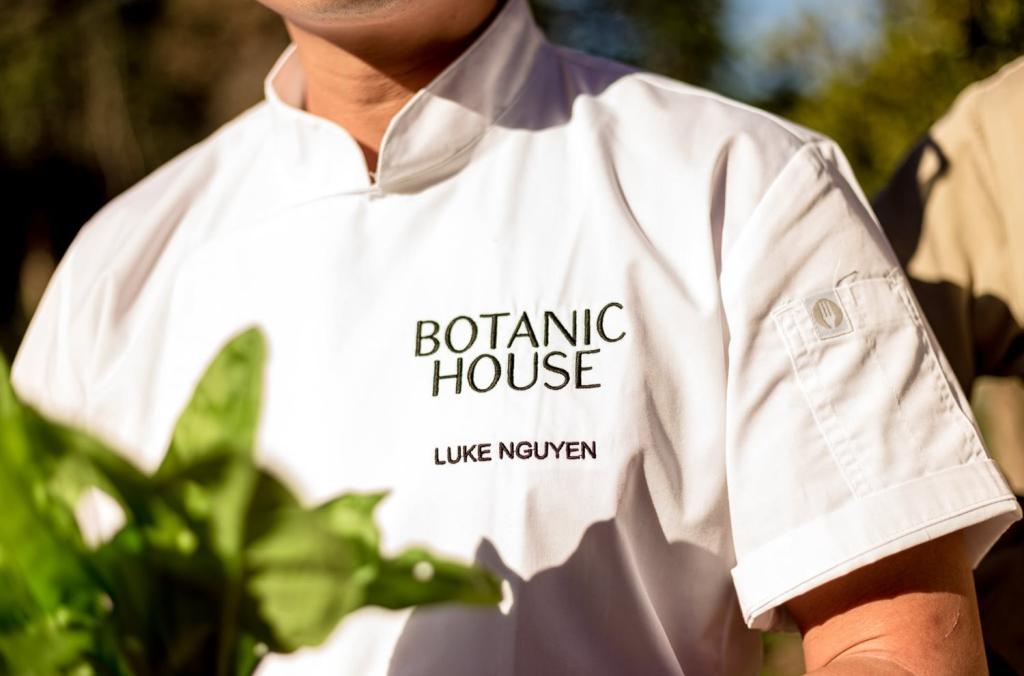
Garden Dining - Botanic House 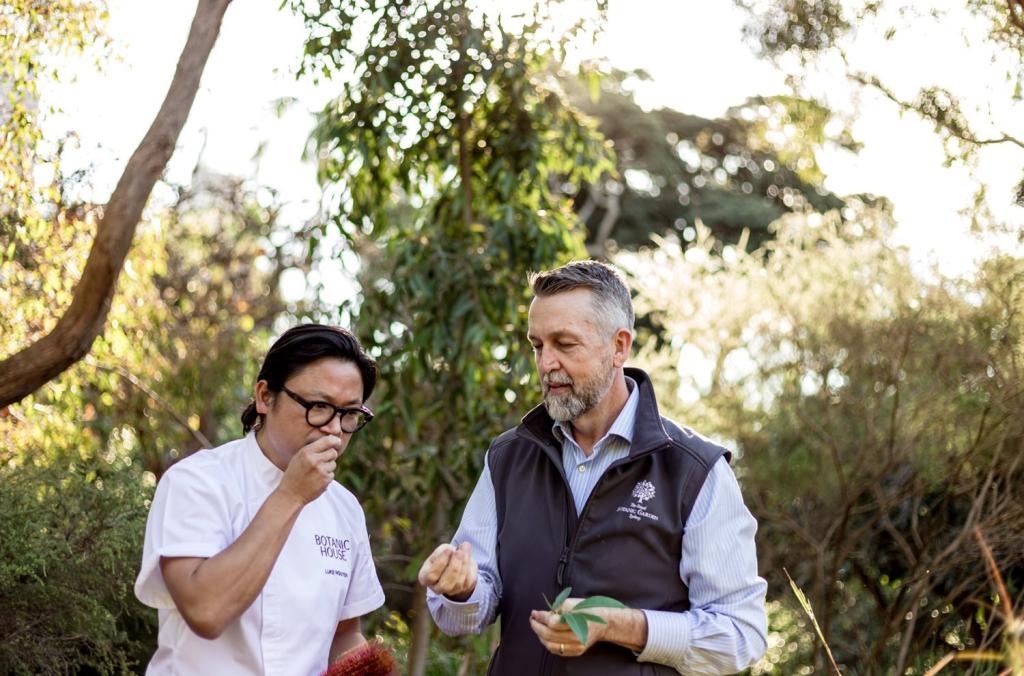
Garden Dining - Botanic House 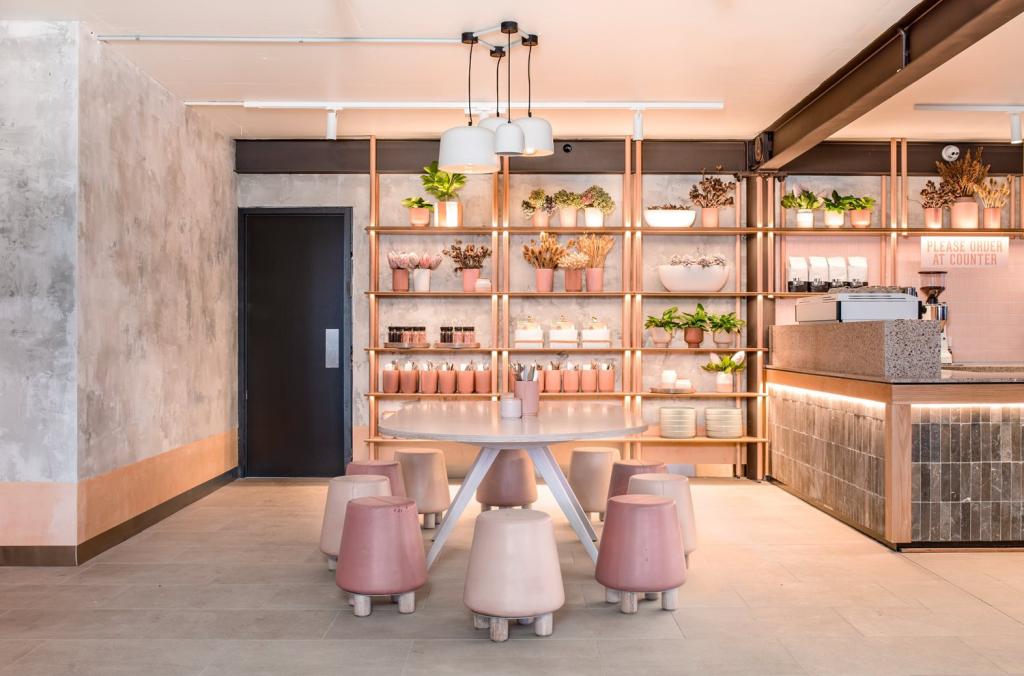
Garden Dining - Botanic House 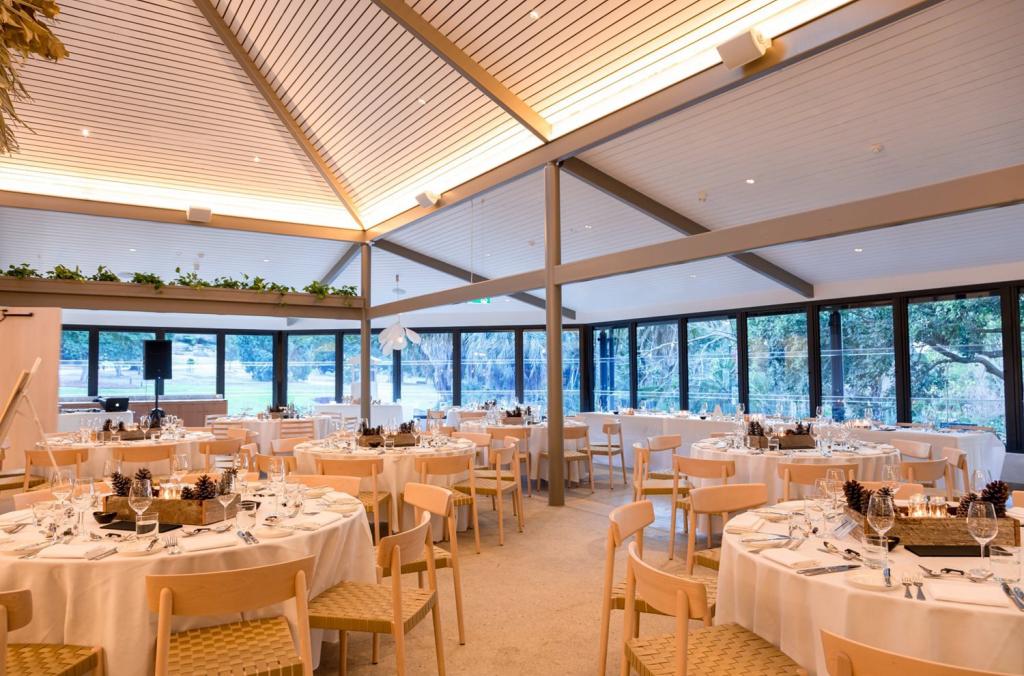
Garden Dining - Botanic House 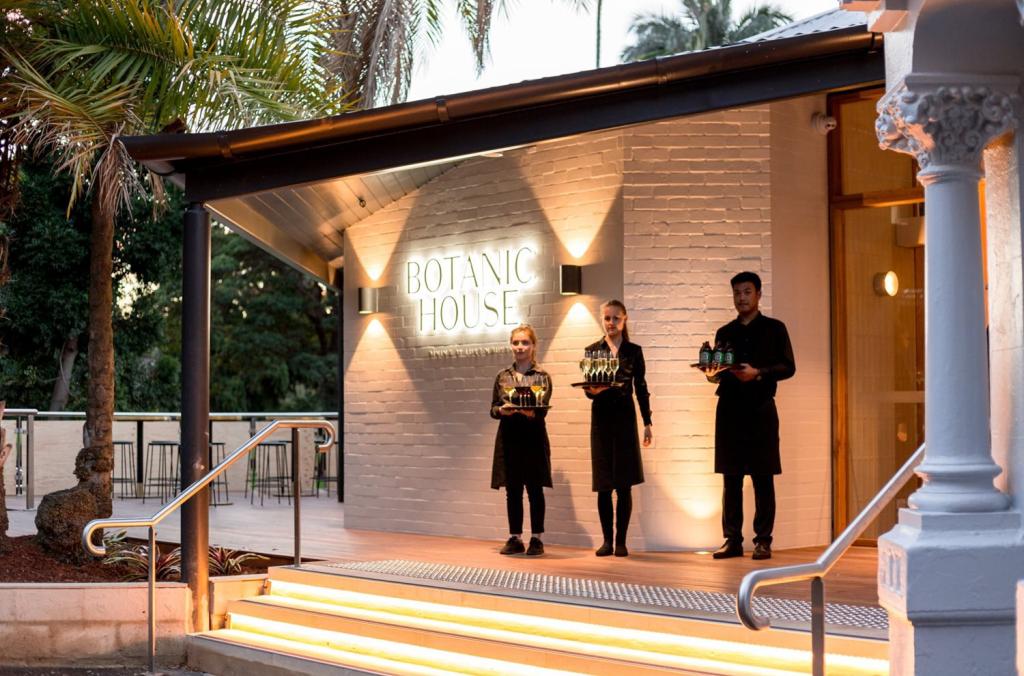
Garden Dining - Botanic House 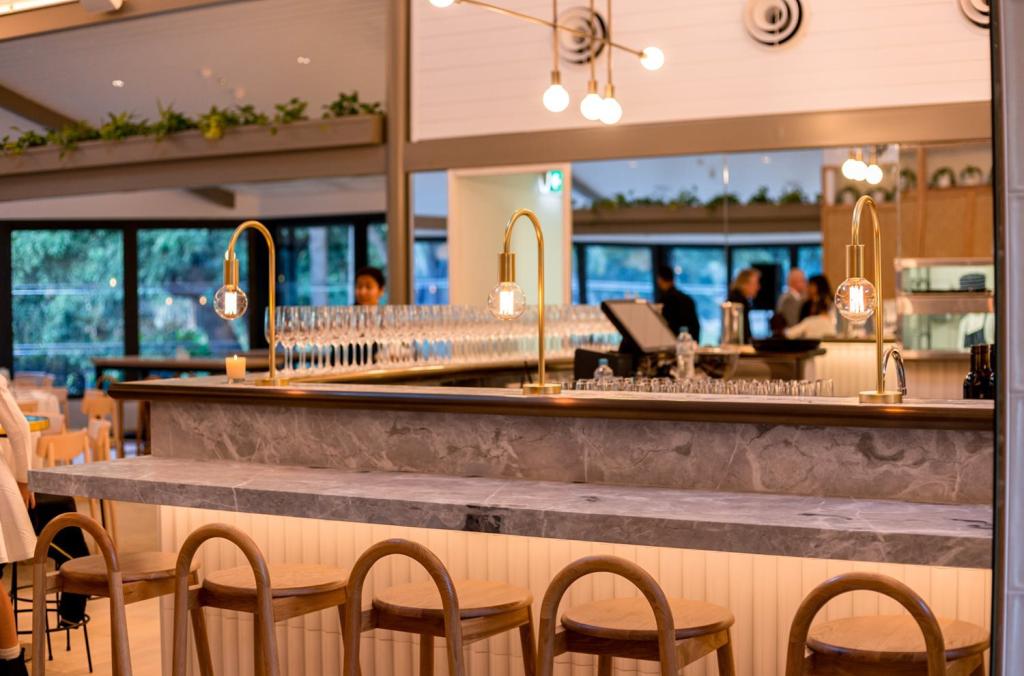
Garden Dining - Botanic House 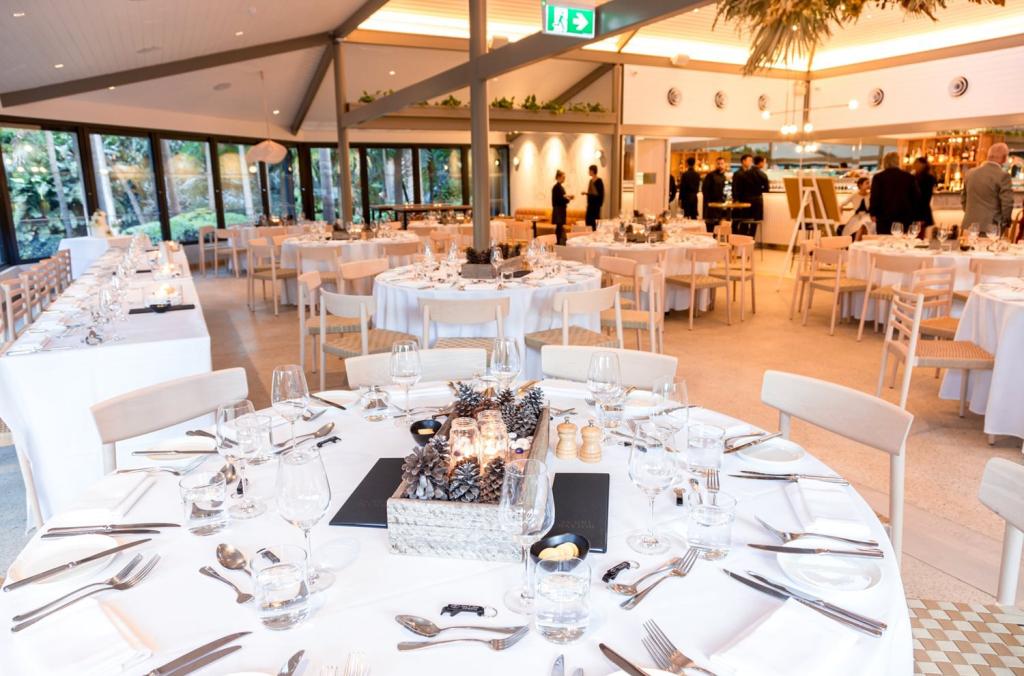
Garden Dining - Botanic House 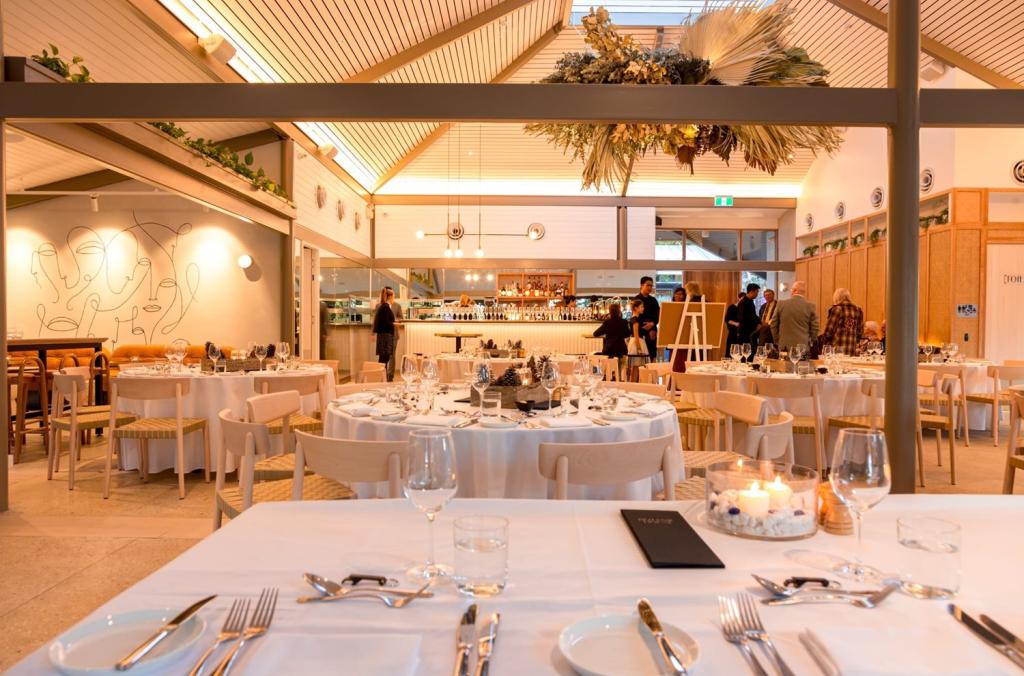
Garden Dining - Botanic House 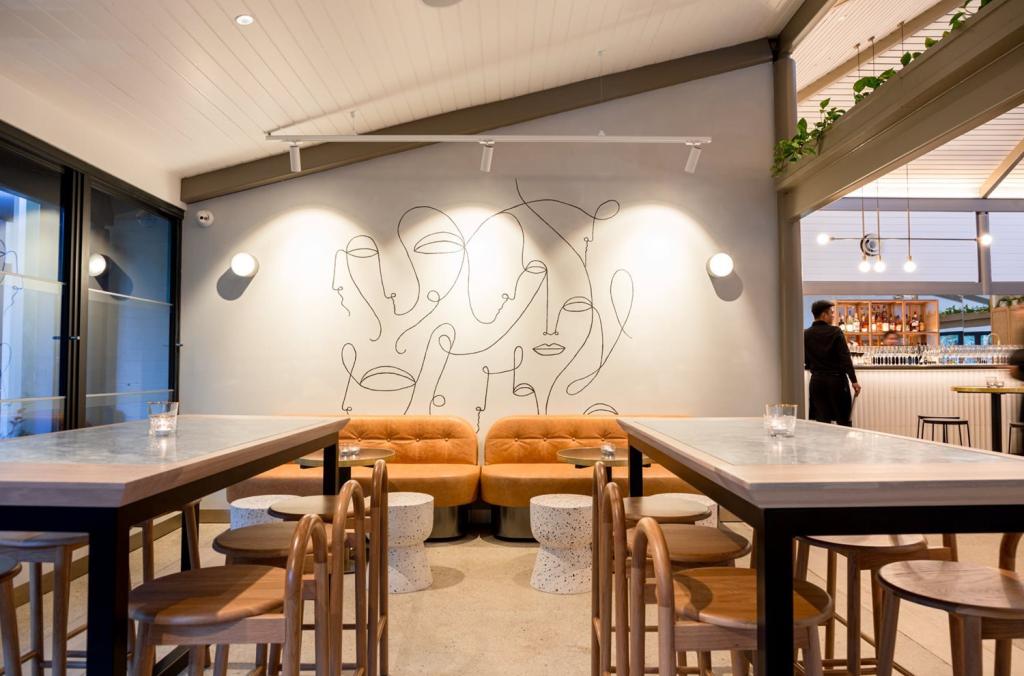
Garden Dining - Botanic House 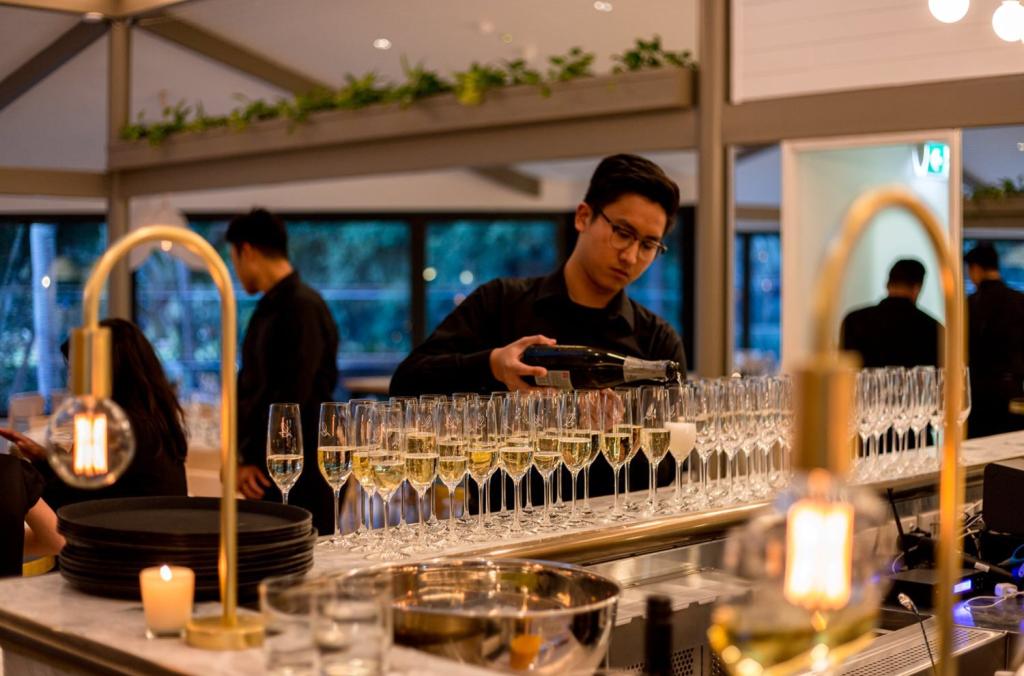
Garden Dining - Botanic House 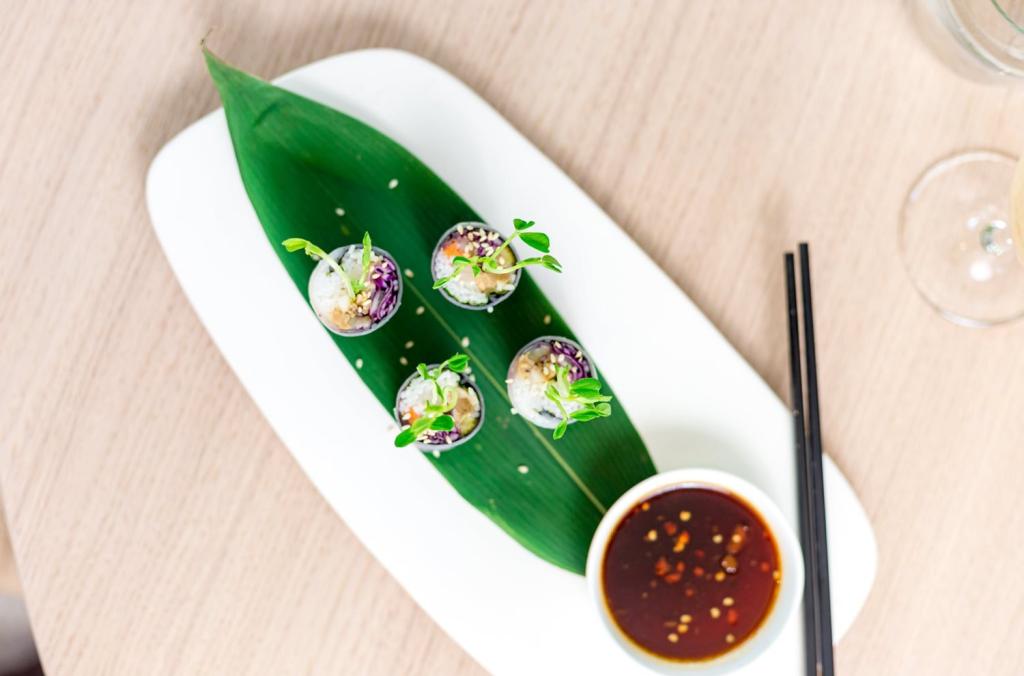
Garden Dining - Botanic House 
Garden Dining - Botanic House 
Garden Dining - Botanic House 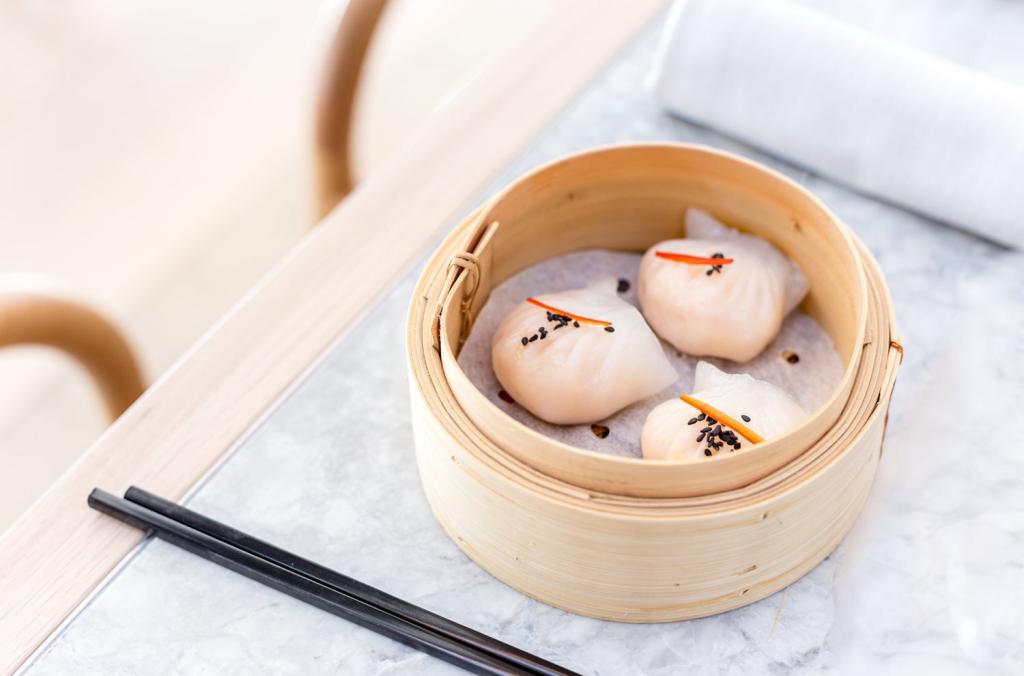
Garden Dining - Botanic House 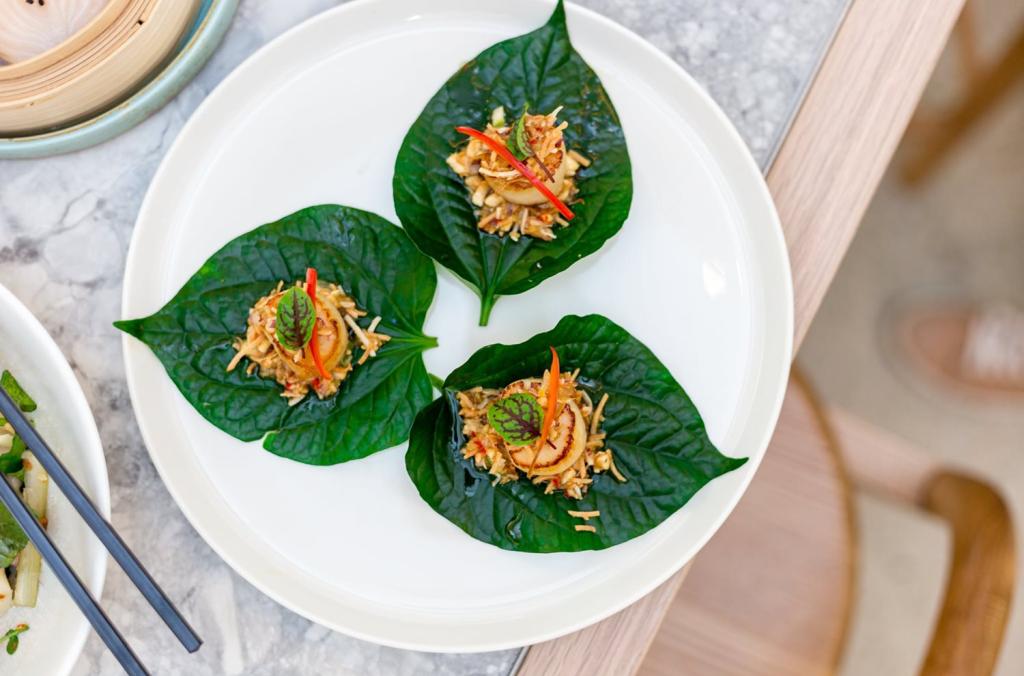
Garden Dining - Botanic House 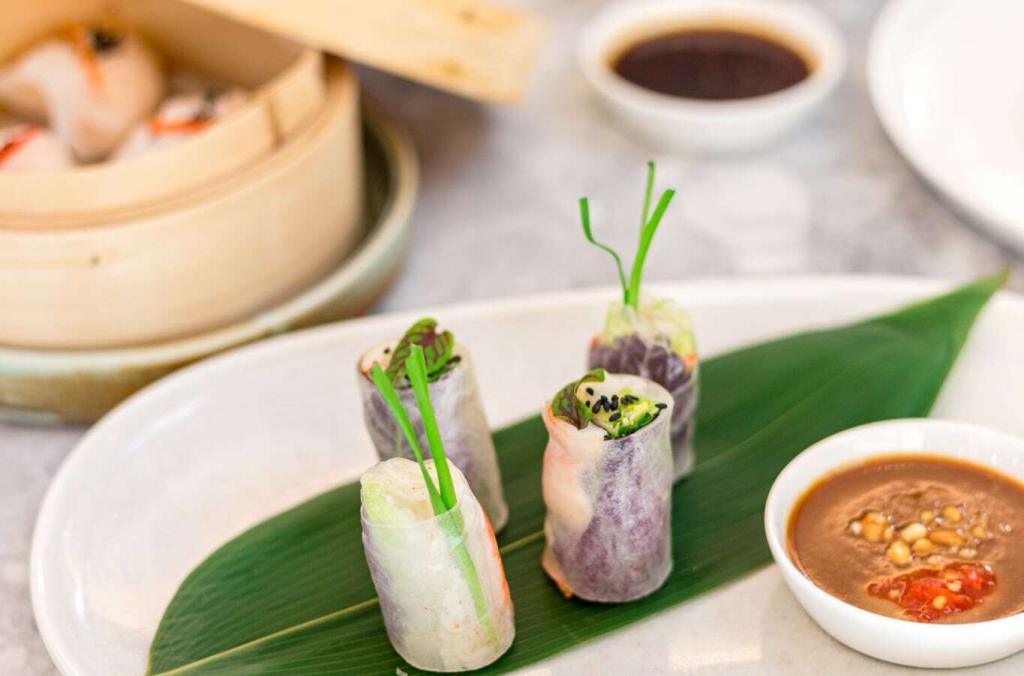
Garden Dining - Botanic House 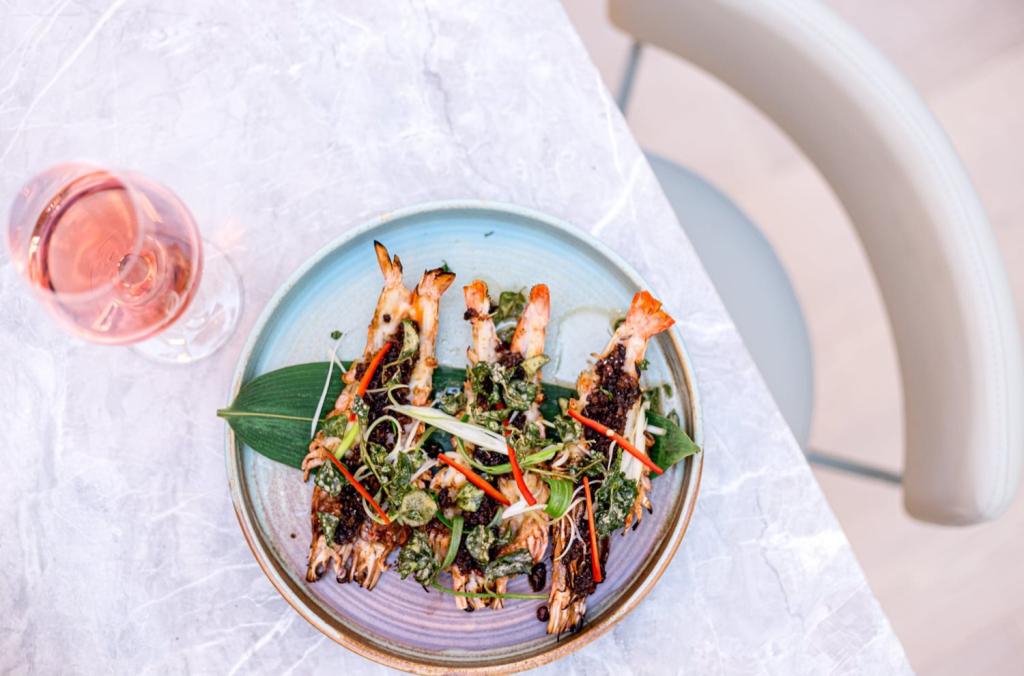
Garden Dining - Botanic House
Modern makeover
The landscaping and new horticulture plantings will become a welcoming place for visitors and guests to enjoy – as well as a casual dining experience for those looking for a place to relax with a quality and freshly made takeaway coffee.
The outside is brought indoors with greenery and an oasis of plants to complement the chic fixtures, new amenities and sophisticated furniture alongside large glass doors that let in a beautiful breeze.
The Garden is peaceful and stunning as a location. It has a sheer beauty and array of flowers, herbs and examples of indigenous ingredients – that I will be using in my food. I am thrilled to be on this journey – a journey of modern Asian fusion foods, complemented with indigenous ingredients found right here in Sydney.
LUKE NGUYEN, BOTANIC HOUSE CHEF
With the new look comes new menus
The menu at Botanic House has been designed by Luke Nguyen to be a modern Asian fusion which incorporates native Australian ingredients such as Lemon Myrtle in lieu of lemongrass. Hear more about Luke's inspiration here.
Terrace on the Domain has a new Italian inspired menu with a chef soon to be announced. The rustic Italian foods are typical of those found on a traditional Italian kitchen table - stay tuned for more, a named chef will be joining the team soon.
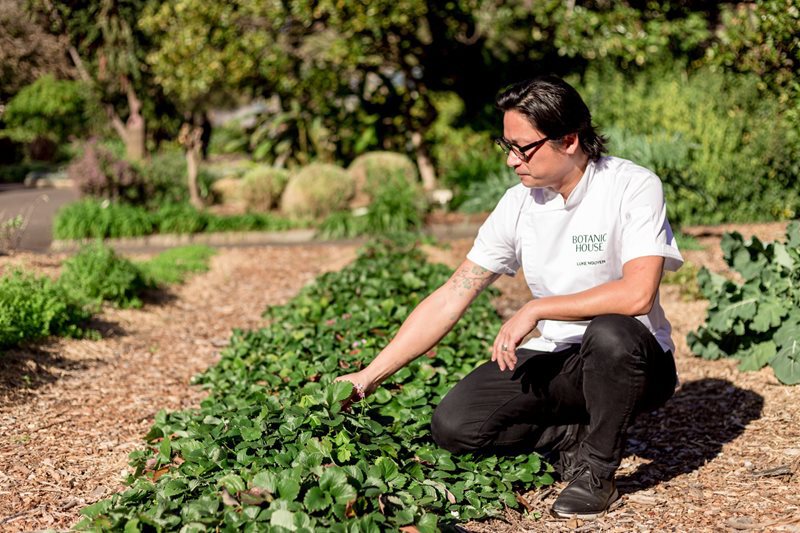
A part of Sydney's history
The Royal Botanic Garden Sydney and Domain collectively represent the oldest, richest and most extensive early public cultural landscapes in Australia and substantially represent the spatial establishment of the city from 1792 – 1816.
Part of the Country of the Cadigal people, they reflect the course and pattern of NSW Aboriginal history and the changing circumstances of Aboriginal people’s lives, history, traditions, practices and experiences. As part of the first permanent European settlement, they are the earliest European agricultural and horticultural sites in Australia.
The Domain is a prime example of a modern public space developed in the mid-nineteenth century, it became the forefront of international concerns for the integration of public parks within city planning and development.
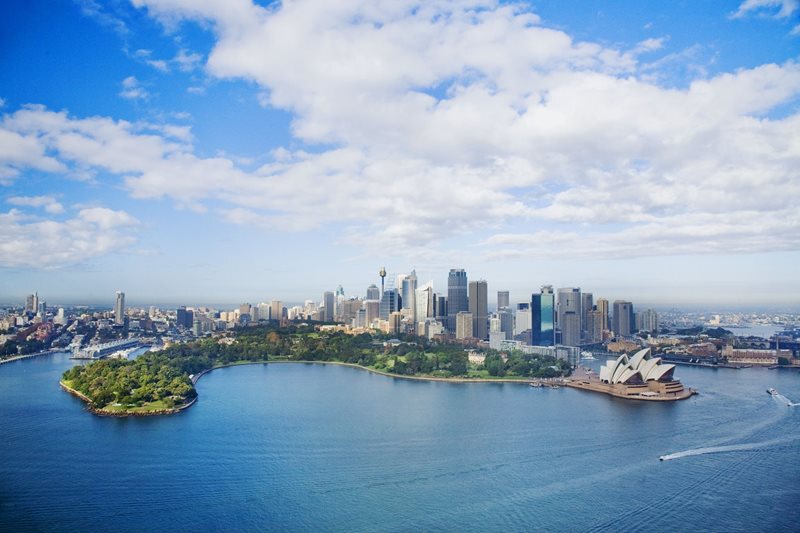
Historical gathering places
As a place of leisure and recreation for more than 200 years, the Domain has hosted significant public celebrations, protests, sporting events, commemorations and gatherings.
Shortly after the construction of the Art Gallery of NSW, the Pavilion restaurant was built in 1897. By 1964 the Pavilion restaurant, as we know it today, was constructed by architect Ken Woolley in the same spot as the original kiosk and in 1970 he designed the pergola and dining room.
Although the Pavilion restaurant and kiosk has been altered several times and was refurbished by Tony Masters Design in 1997, the strong circular form has always remained the dominant feature.
The iconic green vistas, Sydney CBD skyline views and large shade trees of the Domain provide visitors, school groups and international tourists with an unforgettable setting to come together over a delicious meal or refreshing cup of tea.
The lush subtropical plants and horticultural displays, part of the new renovations of the Pavilion and kiosk, compliment the nearby Living Collection at the Royal Botanic Garden Sydney and continue to serve as an important cultural establishment.
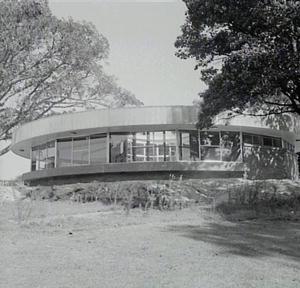
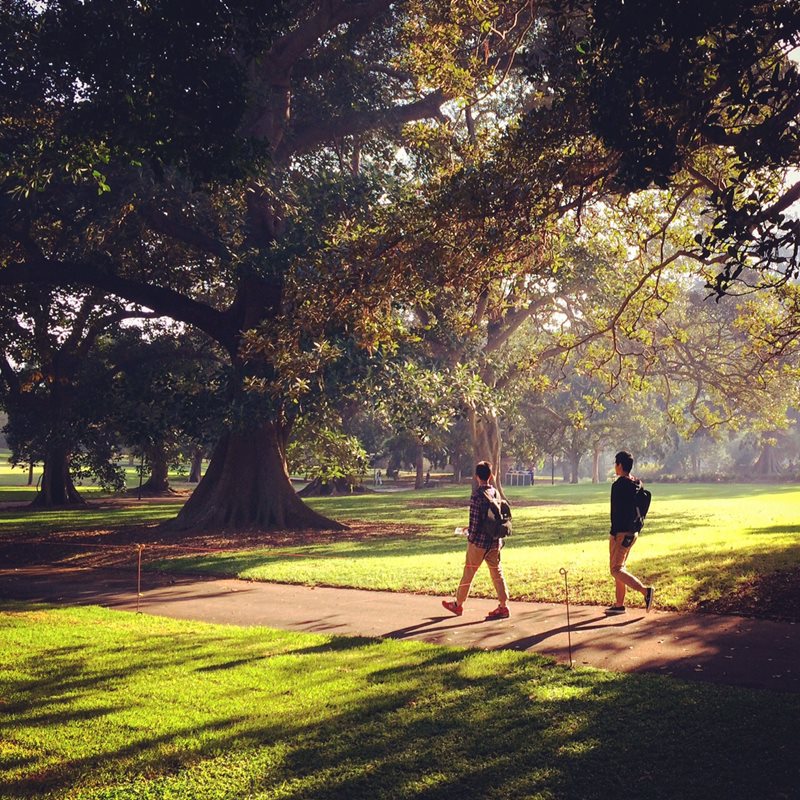
Historical gathering places
Amongst the gently sloping lawns punctuated with large shade trees, sandstone outcrops and Charles Moore’s ornamental ponds, the system of curving paths that criss-cross the Lower Garden by Charles Fraser in 1831, remain today.
In 1886 Colonial Architect James Barnet, credited with designing over 1,000 buildings including The Garden Palace, Macquarie Lighthouse, General Post Office, Colonial Secretary’s Office and the Callan Park Asylum, designed the Garden’s kiosk and tea room.
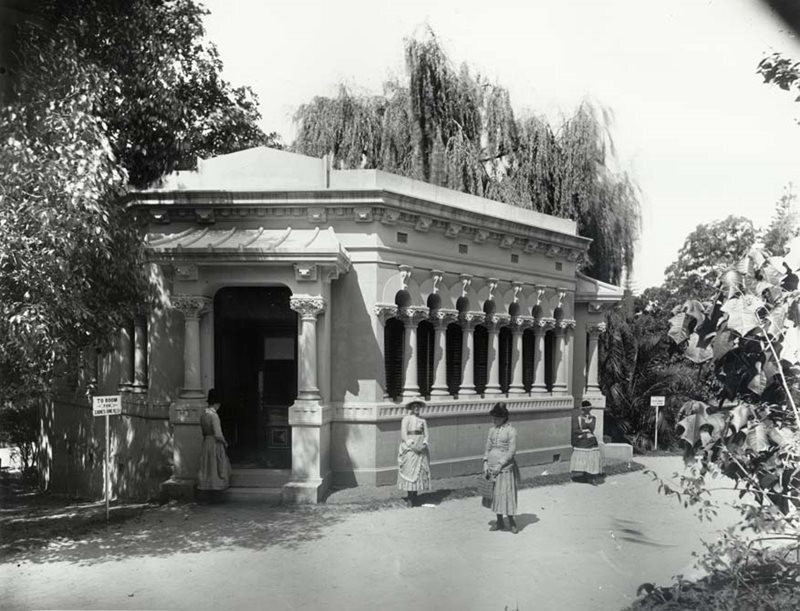
The original tea rooms at the Royal Botanic Garden Sydney.
Iconic locations
The part of the former tea room that survived the fire of 1976 was incorporated into the 1978 restaurant construction with the help of Ken Woolley who also worked on this project.
The kiosk and tea rooms built between the paths and ponds laid out by Fraser and Moore and are still a significant heritage feature of the Botanic Gardens Restaurant façade today.
The surrounding landscape defined by densely planted garden beds laid out in the Gardenesque landscape style popular during the mid-nineteenth century, can now be celebrated in all its glory through the large glass windows of the newly renovated Botanic House that overlooks the iconic Sydney Harbour foreshore.
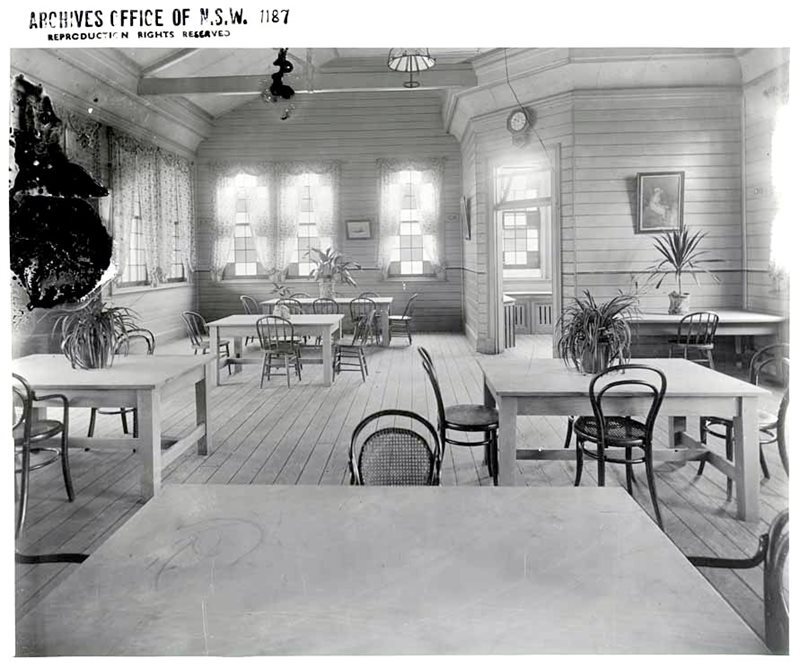
Inside the Tea Rooms at the Royal Botanic Garden Sydney, date unknown.
Continuing the tradition
Many of the large, evergreen broadleaved trees and conifers that were recorded by then Director of the Garden Joseph Henry Maiden in 1903 and his subtropical additions contribute to the unique visual character of the al fresco dining experience at the renovated café and new sandstone seating at the little corner bar located underneath the Botanic House.
Whether it’s dining at one of the stylish new restaurants, attending an event, stopping by a kiosk or relaxing at a café, there is something for everyone to enjoy.
If you are a journalist and have a media enquiry about this story, please click here for contact details and more information.
Related stories

Bunga Bangkai (Indonesian), Titan Arum or Amorphophallus titanum has the biggest, smelliest flower-spike in the world. It flowers for just 24 hours, once every few years… and in January 2025 one bloomed at the Royal Botanic Garden Sydney. Named Putricia by staff at the Botanic Gardens of Sydney, she quickly captivated people from all over the world, writes John Siemon, Director of Horticulture and Living Collections.
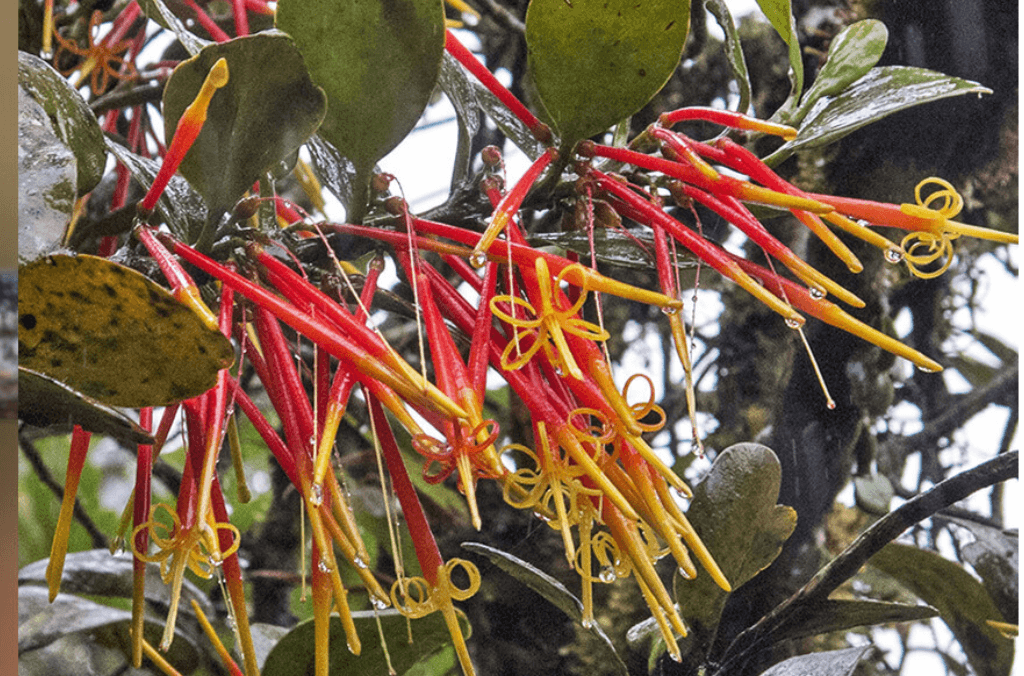
Mistletoe is in love potions, ancient medicines to ward off epilepsy and ulcers, and even a Justin Bieber Christmas song.

As the Bunya Pine dropping season begins, new research shows that Indigenous Australians increased the spread of Bunya Pine to preserve culture following European colonisation